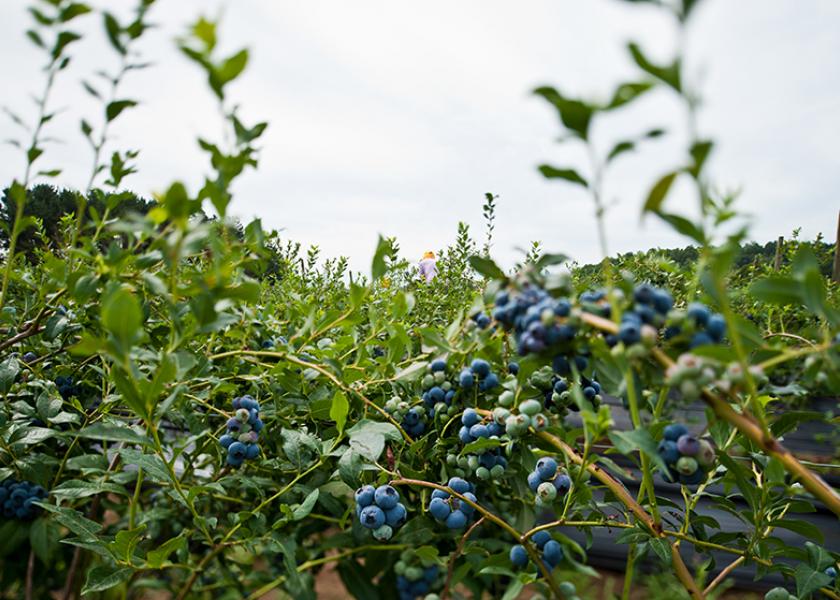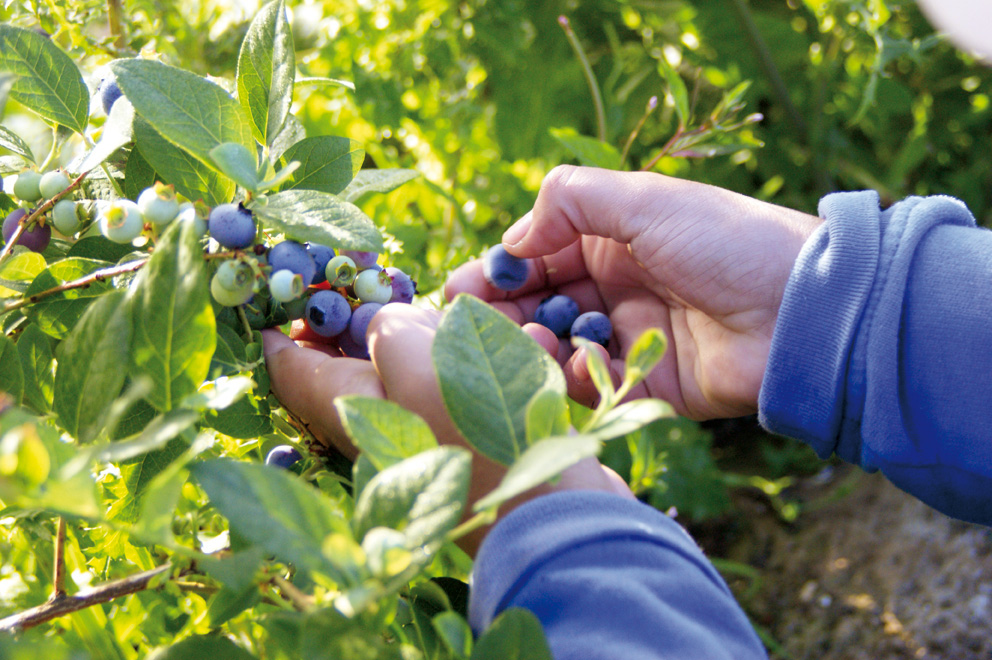Chilean blueberry volume forecast down 8% from 2021 season

Shipments of blueberries from Chile have started arriving in the U.S. and will continue through February. Over the course of the 2022-23 winter season, 98,228 tons of fresh blueberries are forecast to ship from Chile, an 8% percent decline from last year, says the Chilean Blueberry Committee and consulting firm, iQonsulting. The decline in volume is due to focusing on quality fruit exports over quantity, according to the group.
“Our No. 1 priority is delivering the highest quality blueberries to our international markets. Planting and exporting the right varieties are key, but the industry is also strengthening logistics through new programs like the Blueberry Express,” Andres Armstrong, executive director of the Chilean Blueberry Committee, said in a news release.
Related news: Naturipe begins Chilean blueberry season with high expectations
New programs are focused on shortening the transit time from Chile to the U.S. to less than two weeks. “It guarantees the maintenance of the cold chain, which is crucial for protecting fruit quality,” Armstrong continued.
The industry anticipates better conditions for the export of fresh blueberries in the upcoming season. Cooler temperatures have enhanced fruit quality, and there has been greater availability of labor for harvesting, packing and logistics operations, factors that made the previous season challenging, according to the release.

In addition to improving logistics, Chilean growers are also planting new blueberry varieties selected for post-harvest staying power, with the goal to land in shopper carts at peak flavor and sweetness.
Related news: Chilean blueberry production predicted stable, but fresh exports may be down
The U.S. continues to be Chile’s main market for fresh blueberries, receiving 54% of total volume, followed by Europe and Asia. Chile ships 75% of all fresh organic blueberries to the U.S. In the 2021/22 season, 22% of all blueberries shipped to the U.S. were organic, and 78% were conventional.
Peak blueberry arrivals to the U.S. from Chile are expected around the last week of December and first week of January with trade promotions expected to start early January and continue through February.







